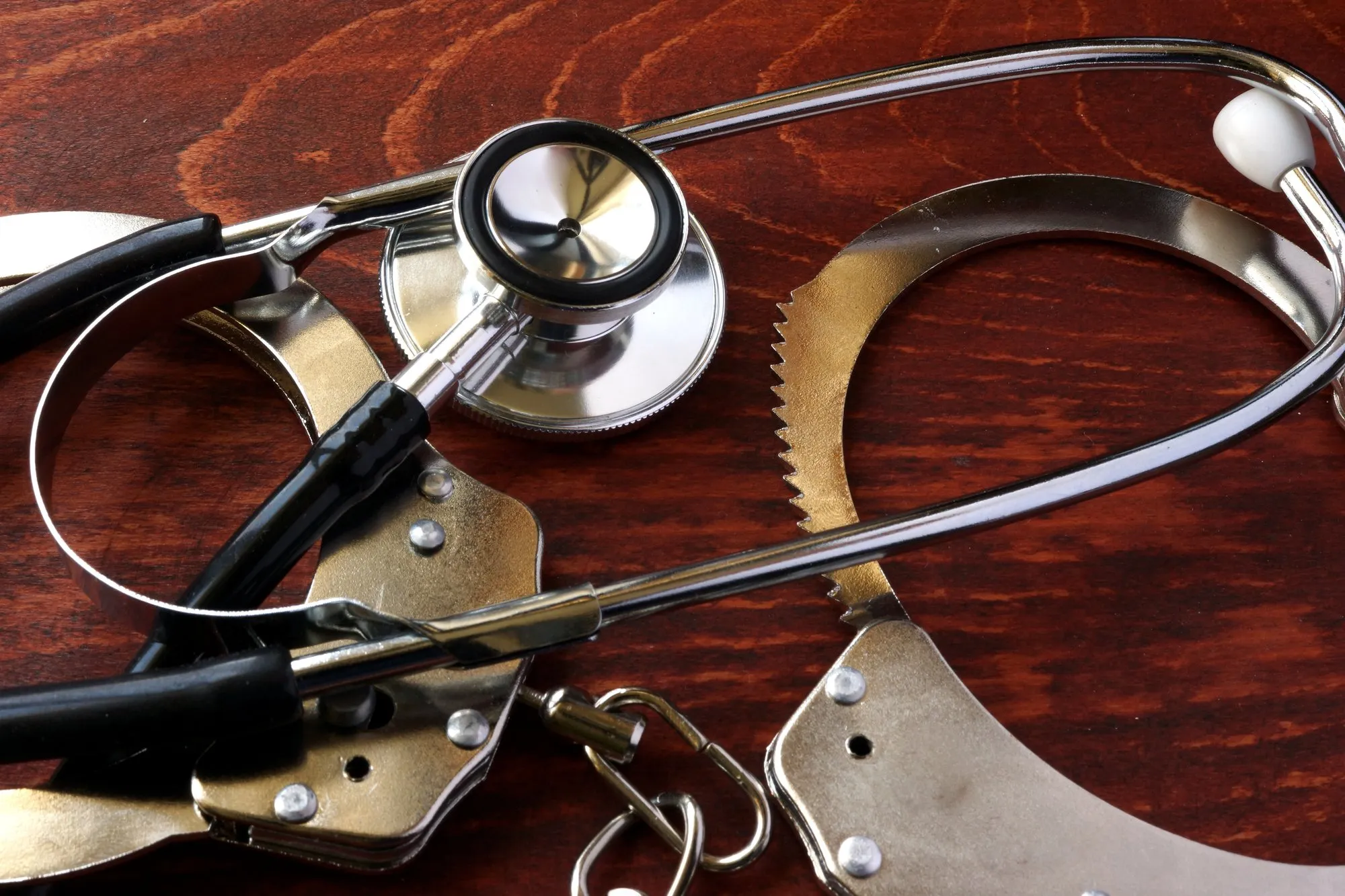The healthcare system is designed to promote well-being and provide essential care, but its complexity can sometimes lead to exploitation. Medical fraud is a growing concern that costs billions of dollars annually and puts patients at serious risk. From unnecessary procedures to inflated billing practices, fraudulent activities undermine trust in the healthcare system and may even compromise an individual’s health.
Recognizing the warning signs of such schemes is critical to avoiding financial and medical harm. Whether it’s an unfamiliar charge on medical bills or aggressive marketing for unnecessary treatments, being informed and vigilant can make all the difference. Protecting yourself from medical fraud requires awareness, proactive measures, and understanding how to navigate the system responsibly. Consult with our IT Support Provider in Bellevue to protect yourself from medical fraud.
In this blog, we will explore the red flags of medical fraud and provide practical strategies to help you stay safe.

Red Flags of Medical Fraud
1. Excessive or Unnecessary Testing
Excessive or unnecessary testing can be a red flag for potential medical fraud. Medical providers who order an inordinate number of tests, especially those that lack medical justification, may be attempting to inflate their billings or profits.
Patients should be wary if they feel pressured to undergo numerous tests without clear explanations, or if the results do not match their symptoms or medical history. It is essential for individuals to advocate for themselves and seek a second opinion if they suspect they are being subjected to unnecessary testing.
2. Suspicious Billing Practices
Suspicious billing practices are a major red flag that may indicate potential medical fraud. These practices include billing for services not rendered, upcoding procedures to receive higher reimbursements, or unbundling services to charge separately for components that should be billed together.
Healthcare providers who engage in these practices may be committing fraud by overbilling insurance companies or government programs. Patients and insurance companies must remain vigilant and report any suspicious billing activities to the appropriate authorities to help combat medical fraud.
3. Absence of Documentation
One of the key red flags of potential medical fraud is the absence of proper documentation. In the healthcare industry, adequate documentation is crucial for ensuring transparency, accuracy, and compliance with regulations.
When medical providers fail to provide detailed records of treatments, procedures, or services rendered, it raises concerns about the legitimacy of their claims and the quality of care being provided. Patients and insurance companies should be cautious of any healthcare provider who cannot or will not supply sufficient documentation, as this may indicate fraudulent practices.
4. Requests for Personal Information
Requests for personal information can often be a red flag for potential medical fraud. Legitimate healthcare providers usually implement secure systems to protect patient data and will not solicit sensitive details, such as social security numbers or financial information over the phone or via email.
If you receive unexpected requests for personal information, especially from unfamiliar sources, it is crucial to exercise caution and verify the legitimacy of the request before sharing any private data.
5. Errors in Explanation of Benefits (EOB)
Errors in Explanation of Benefits (EOB) statements can be a red flag for potential medical fraud. An EOB is a document sent by health insurance companies to policyholders, outlining the costs covered and not covered for medical services received.
If you notice discrepancies, such as services listed that you did not receive or incorrect billing codes, it may suggest fraudulent activities by healthcare providers. It is essential to review EOB statements carefully and report any errors or suspicious charges to your insurance company.
How to Protect Yourself from Medical Fraud
1. Regularly Review Medical Bills and Insurance Statements
Regularly reviewing your medical bills and insurance statements is essential for protecting yourself from medical fraud. By carefully examining these documents, you can confirm that you have been charged only for the services you received and verify the accuracy of the information.
Look for any discrepancies or unfamiliar charges, as these may be red flags indicating potential fraudulent activity. If you notice any suspicious charges or inconsistencies, report them promptly to your healthcare provider and insurance company.
2. Safeguard Personal Information
Safeguarding your personal information is critical in preventing medical fraud. Be cautious when sharing sensitive details, such as your social security number, insurance information, and medical history. Only provide this information to trusted healthcare providers and organizations.
In addition, keep a close eye on your explanation of benefits (EOB) statements and medical bills to ensure that all charges are correct. If you suspect any fraudulent activity, report it immediately to your insurance provider and healthcare authorities. If you want to secure your personal information, contact the Bellevue Managed IT Services experts.
3. Choose Reputable Providers
When it comes to protecting yourself from medical fraud, one important step is choosing reputable healthcare providers. Ensuring that your providers are licensed, accredited, and have a good reputation can help safeguard you against potential fraudulent activities.
Research the credentials of healthcare professionals and facilities, check for any disciplinary actions or malpractice claims, and seek recommendations from trusted sources to help you select reliable providers.
4. Report Suspicious Activity
Reporting suspicious activity is vital in protecting yourself from medical fraud. If you notice any unusual charges on your medical bills, receive bills for services you did not receive, or suspect that your personal information has been compromised, it’s important to report these incidents promptly.
Contact your insurance provider, healthcare provider, or the appropriate authorities to report any suspicious activity and take necessary steps to protect your personal and financial information.
5. Dispose Of Prescription Labels
Properly disposing of prescription labels is a key measure to prevent medical fraud. When discarding prescription bottles, ensure that you remove or obscure any personal information that fraudsters could potentially exploit. This includes details such as your name, address, medication name, and prescriber’s information.
By keeping this sensitive information inaccessible to others, you can significantly reduce the risk of identity theft or unauthorized prescription refills. Proper disposal of prescription labels is a simple yet effective way to secure your healthcare information and prevent potential fraudulent activities.
Conclusion
Medical fraud poses significant risks to both health and financial stability, making awareness and vigilance essential. By recognizing red flags, such as unexpected bills, unnecessary procedures, or requests for personal information, you can take proactive steps to protect yourself. Safeguarding your health involves staying informed and reporting suspicious activities to help combat fraud on a larger scale. A collective effort among patients, providers, insurers, and policymakers is crucial to fostering a transparent and trustworthy healthcare system.

